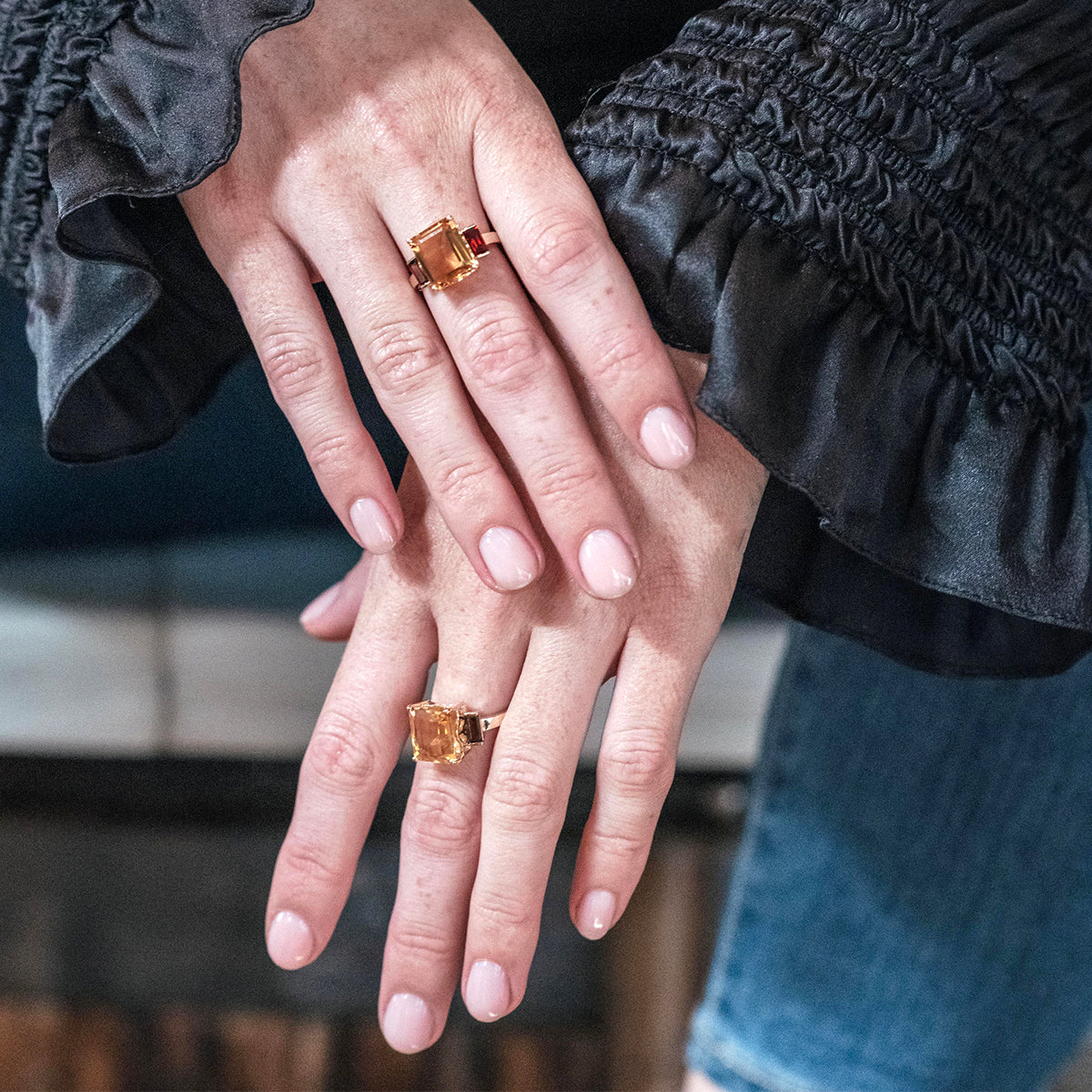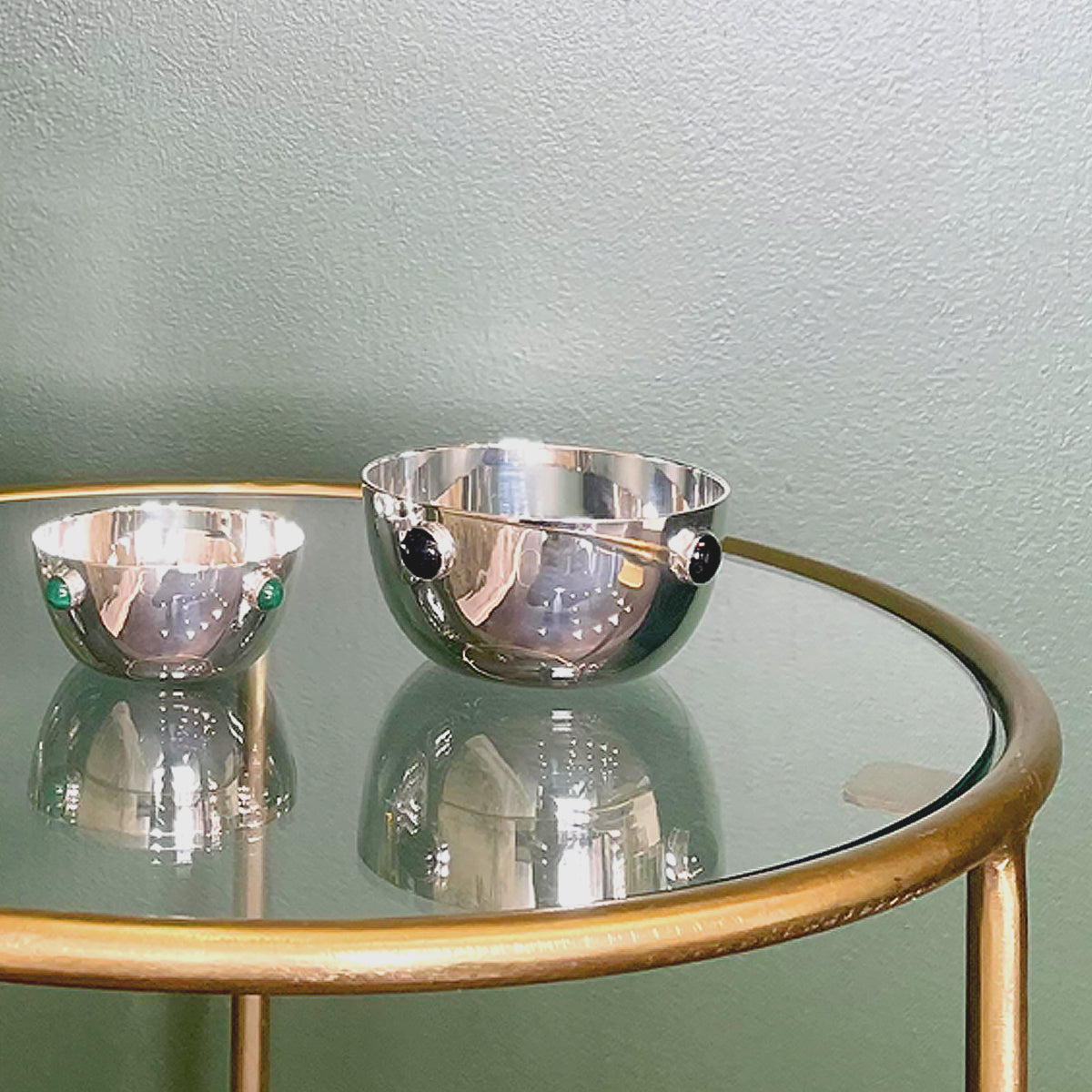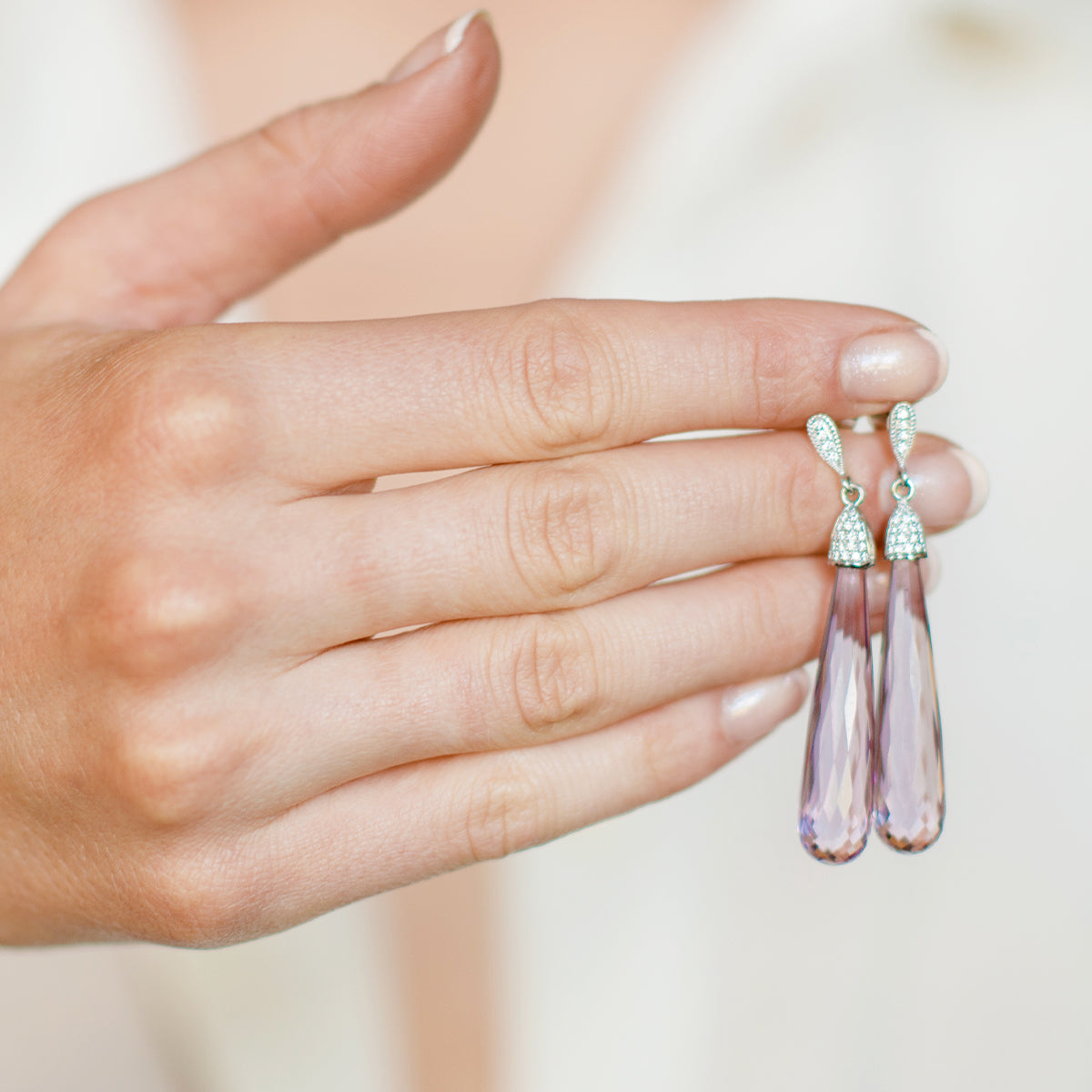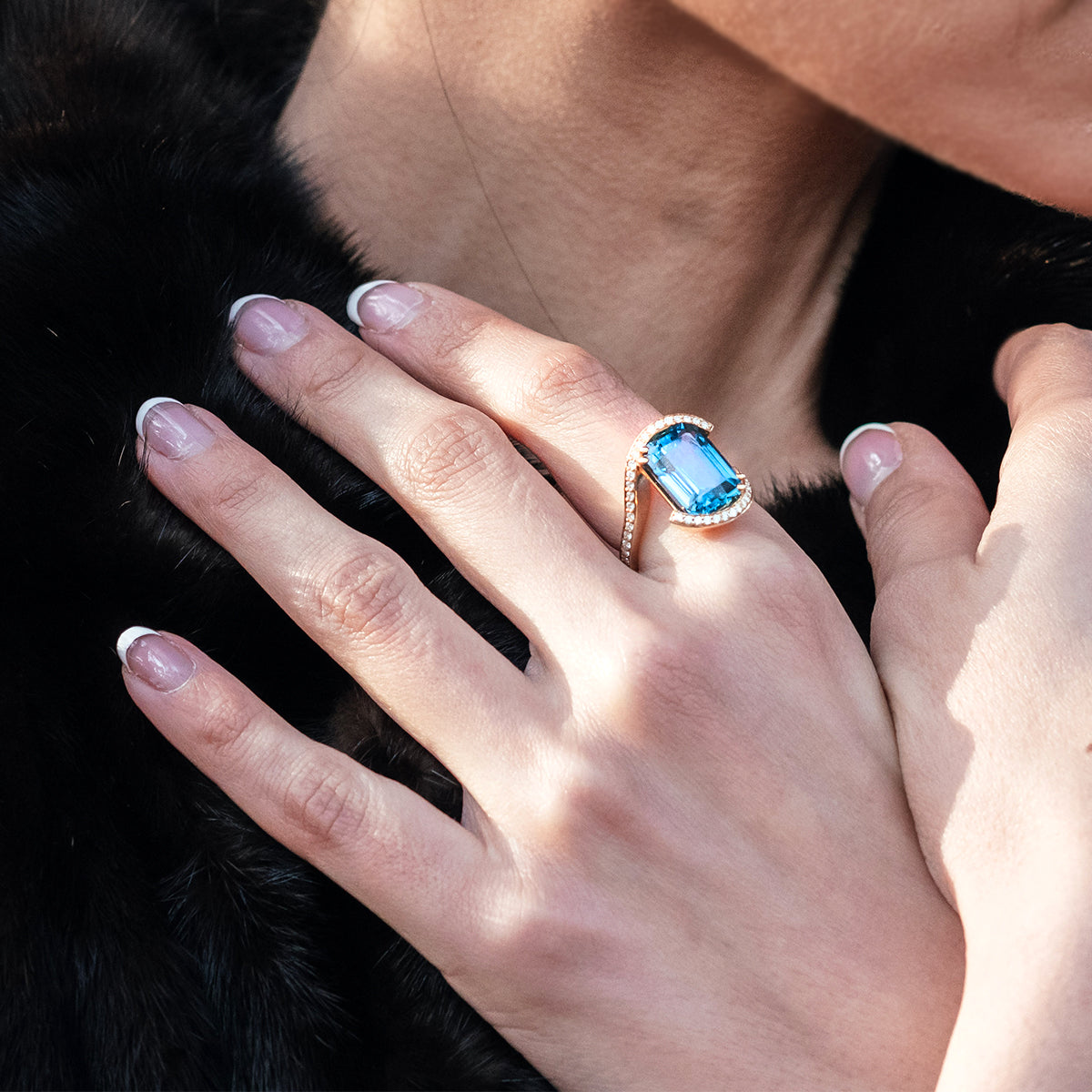
Tanzanite Overview
Tanzanite is the blue-purple variety of the mineral zoisite that is only found in one part of the world. Tanzanite is named after Tanzania as this is the country where the gemstone was first discovered. Its blue colour is often associated with tranquillity and clarity and believed to help individuals overcome obstacles, enhance intuition and promote better communication.
Tanzanite Birthstone
Tanzanite is the birthstone of December and symbolises happiness, good fortune, good luck and peace. Those with a Tanzanite birthstone are known to pursue what they believe in without worrying what others would think, and generally achieve what they strive for.
Tanzanite Hardness
Tanzanite rates a 6 on the MOHs (mineral of hardness scale); this means that it has a fair to poor toughness and a property called cleavage, which has a tendency to break when struck. Even though Tanzanite is not as hard or tough as a stone like Sapphire, it can still be worn in all types of jewellery. The stone is stable under normal wearing conditions, which means it is resistant to the effects of heat, light and common chemicals however it still shouldn't be subjected to very high temperatures or sudden temperature changes.
Tanzanite History
Compared to other gemstones, Tanzanite is relatively new to the coloured stone galaxy and therefore has a shorter history. In 1967, a Masai tribesman stumbled upon a cluster of highly transparent, intense violet-to-blue crystals weathering out of the earth in Merelani, Northern Tanzania. It was later discovered that this deposit contained one of the newest world gems.
These findings were becoming very common however no one was sure what these beautiful crystals were. In 1968, Tiffany & Co recognised the potential of the stone and became its main distributor. Not only did Tiffany name the gem after the country it came from, but they also promoted it with a big publicity campaign. It was almost overnight when Tanzanite became popular within jewellery designers, gem professionals and customers who had an eye for beautiful and unusual gems.
Tanzanite Origins
The origin of Tanzanite began when the first ever Tanzanite stone was found in 1967 on Mount Kilimanjaro, Tanzania. This discovery had sparked excitement and curiosity within the gemstone industry as the gemstone had mesmerising blue hues ranging from violet-blue to vibrant royal blue. It is also pretty rare as it is found in only one location on Earth - The Merelani Hills of Northern Tanzania. The formation of Tanzanite is a result of geographic processes that occurs over millions of years. It is formed within metamorphic rocks where there is a intense heat and pressure deep within the Earths crust; these geological forces caused the transformation of the mineral zoisite into a unique colour and crystal structure, known as Tanzanite.
Tanzanite Types
Tanzanite is the one gemstone which doesn't have different varieties of itself however it can be divided into different quality categories - colour, clarity, cut and carat.
Different Colours

Tanzanite can exhibit a variety of colours, including shades of blue, violet and purple. It's known for its pleochroism; this means it can display different colours when viewed from different angles.
Different Clarity's

The clarity of Tanzanite refers to the presence or absence of any internal or external flaws, such as inclusions or blemishes. Tanzanite can range from being eye-clean, which means no visible flaws to the naked eye, to having some visible blemishes. The clarity of Tanzanite can affect its overall beauty and value and the clearer and more flawless the stone, the more valuable it is.
Different Cuts
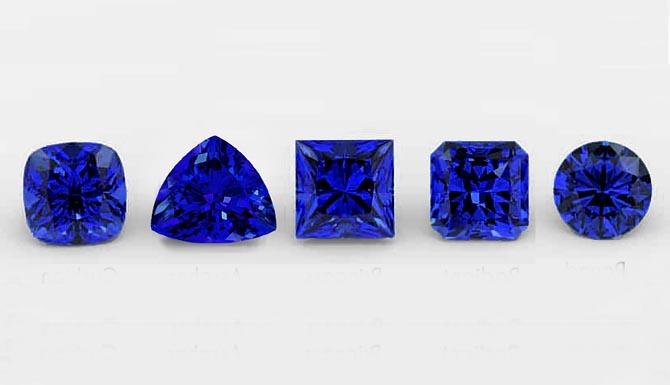
Tanzanites ability to sparkle from all directions makes cutting and maintaining the same sparkle quite hard. To cut it right requires years of experience and knowledge. An excellent stone can make a stone low in colour look far more valuable and a poor cut can make a high quality Tanzanite look inferior.
Different Carats

Tanzanite can be found in a range of carat sizes, from small ones to larger ones. The carat weight of a Tanzanite can affect its size and overall value; the larger the carat weight, the more valuable the Tanzanite.
Tanzanite Meaning
Tanzanite is known to have the power to transform negative energies into positive ones. It is also said to bring repressed feelings to the surface so that they can be expressed. This creative stone brings us back to our objectives after interruption and also has the power to dissolve old patterns and create space for new patterns to be integrated. Tanzanite is also useful in the treatment of psychological disorders, stress and nervous tensions, and it can relieve migraines as well as help to fight against addictions. This gemstone can generate happiness and relief, allowing insight into emotional problems without the need to dwell on them unnecessarily.
Famous Tanzanites
The 'Queen of Kilimanjaro' is the name of one of the most famous cut Tanzanites in the world. It weighs 242 carats and it is set in a stunning tiara along with 803 precious green garnets and 913 diamonds.
The 'Heart of the Ocean' is a famous blue Tanzanite necklace which was featured in the film, Titanic. It was owned by Louis XVI however the precious necklace was later lost and was never to be found again.
Tanzanite jewellery is also very popular amongst celebrities such as Beyonce, Anne Hathaway, Cate Blanchett and Sarah Jessica Parker.
Tanzanites at Augustine Jewels
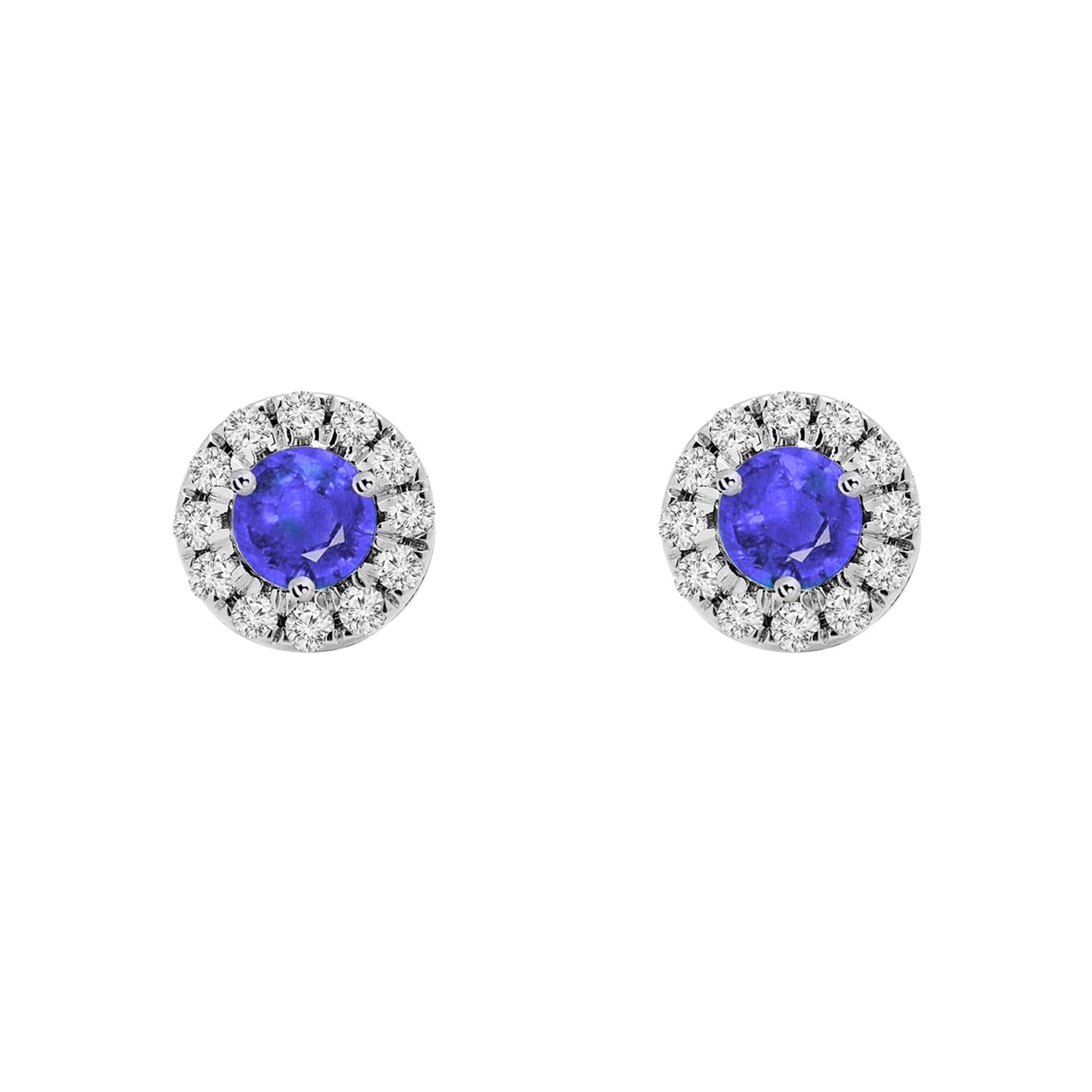
Birthstone Halo Earrings - Tanzanite, £650, Tanzanite Jewellery Collection
Top 5 Facts about Tanzanite
1. Tanzanite is trichroic = This means that it shows different colours depending on the lighting or which angle you look at it
2. The stone is almost always heat treated = The rough form of Tanzanite is reddish-brown and is therefore heated at 600˚C for 30 minutes to achieve a vibrant blue-purple tone
3. It is known as a 'generational gemstone' = This is because the limited underground deposits are becoming harder to discover and mine
4. A thousand times rarer than diamond = This is because there is only a limited amount of deposits and it has been predicted that Tanzanite mines are expected to run out in the next two decades
5. The 'Mawenzi' stone = This is the largest Tanzanite ever found; it weighs 3.2kg and the measurements of the stone is 22cm x 9cm x 7cm
